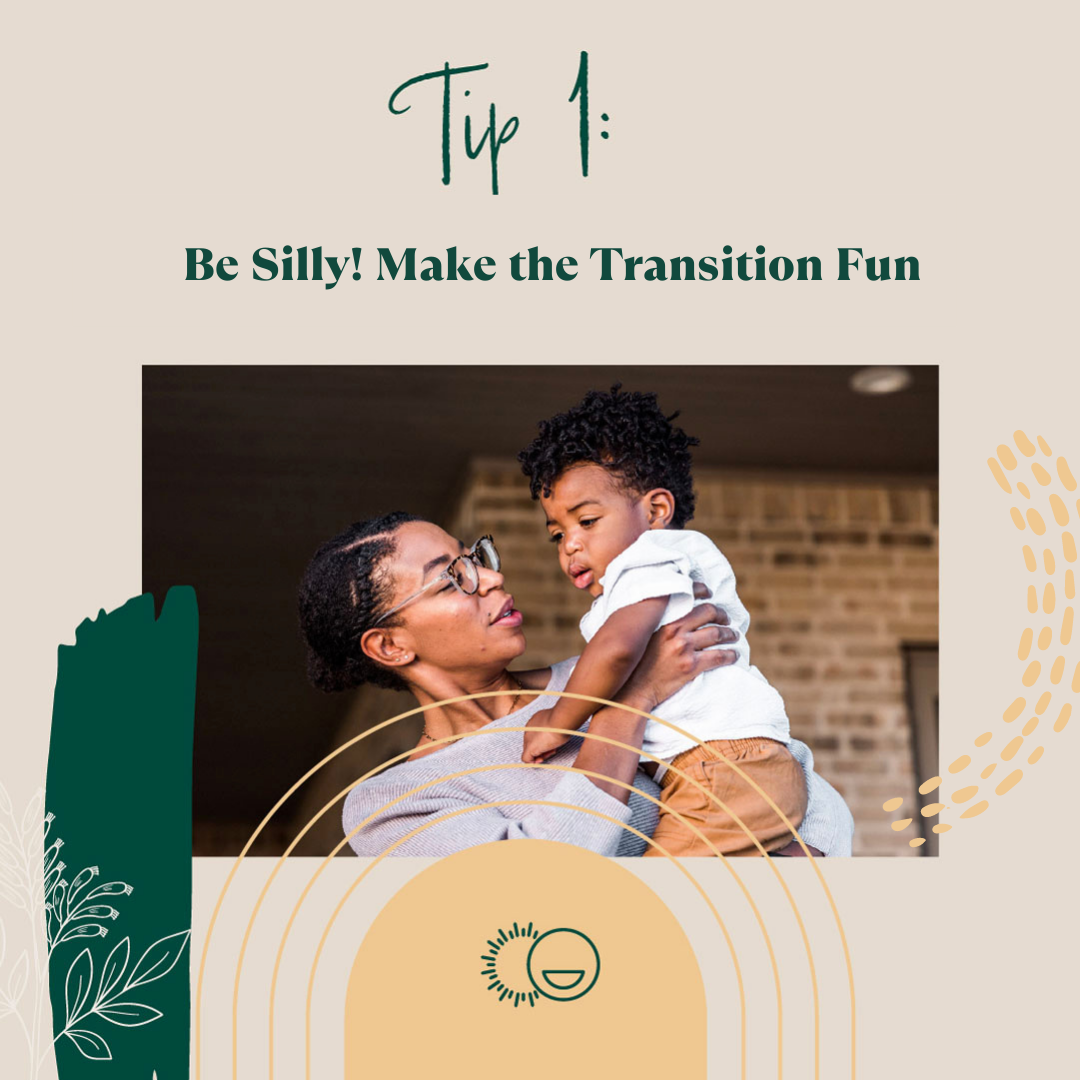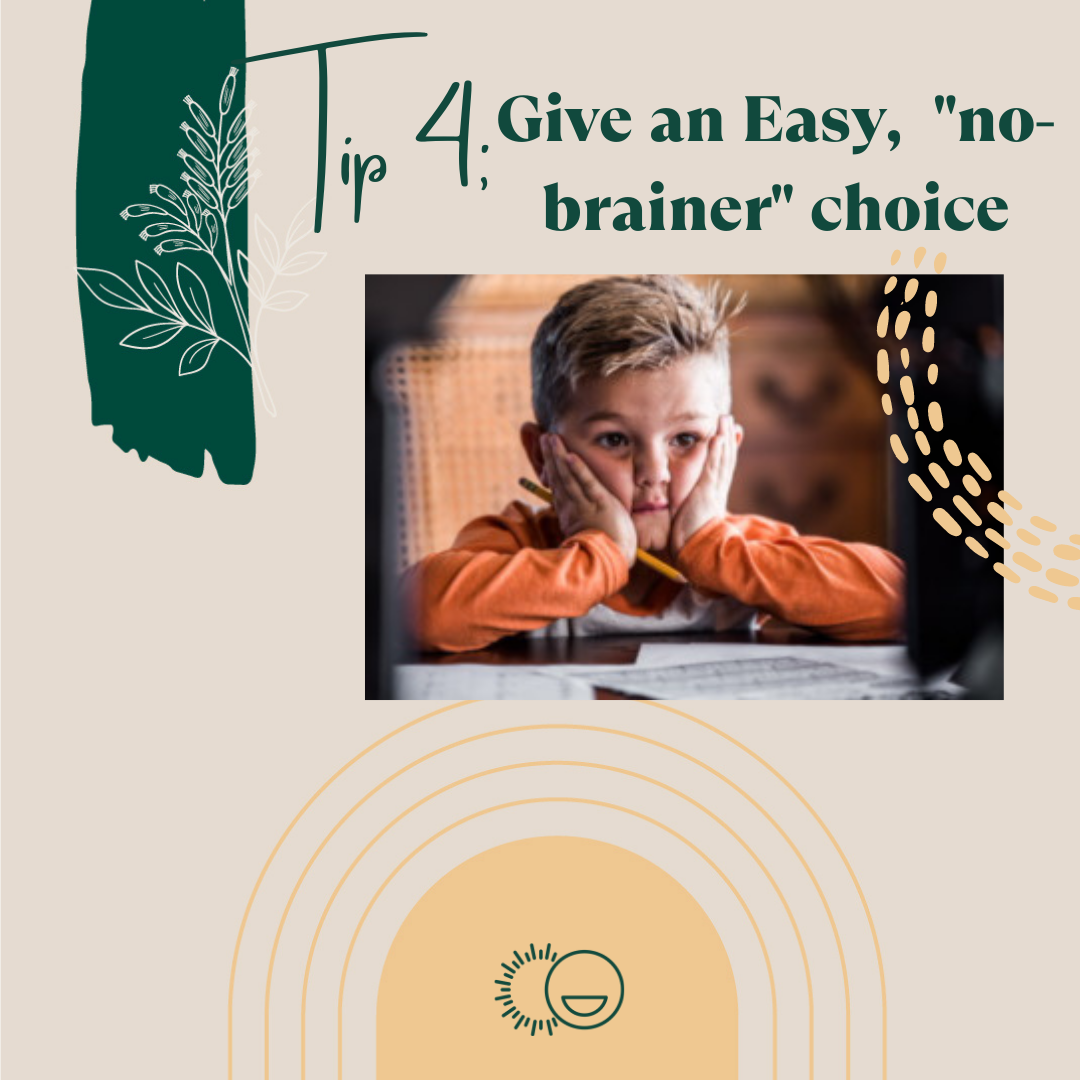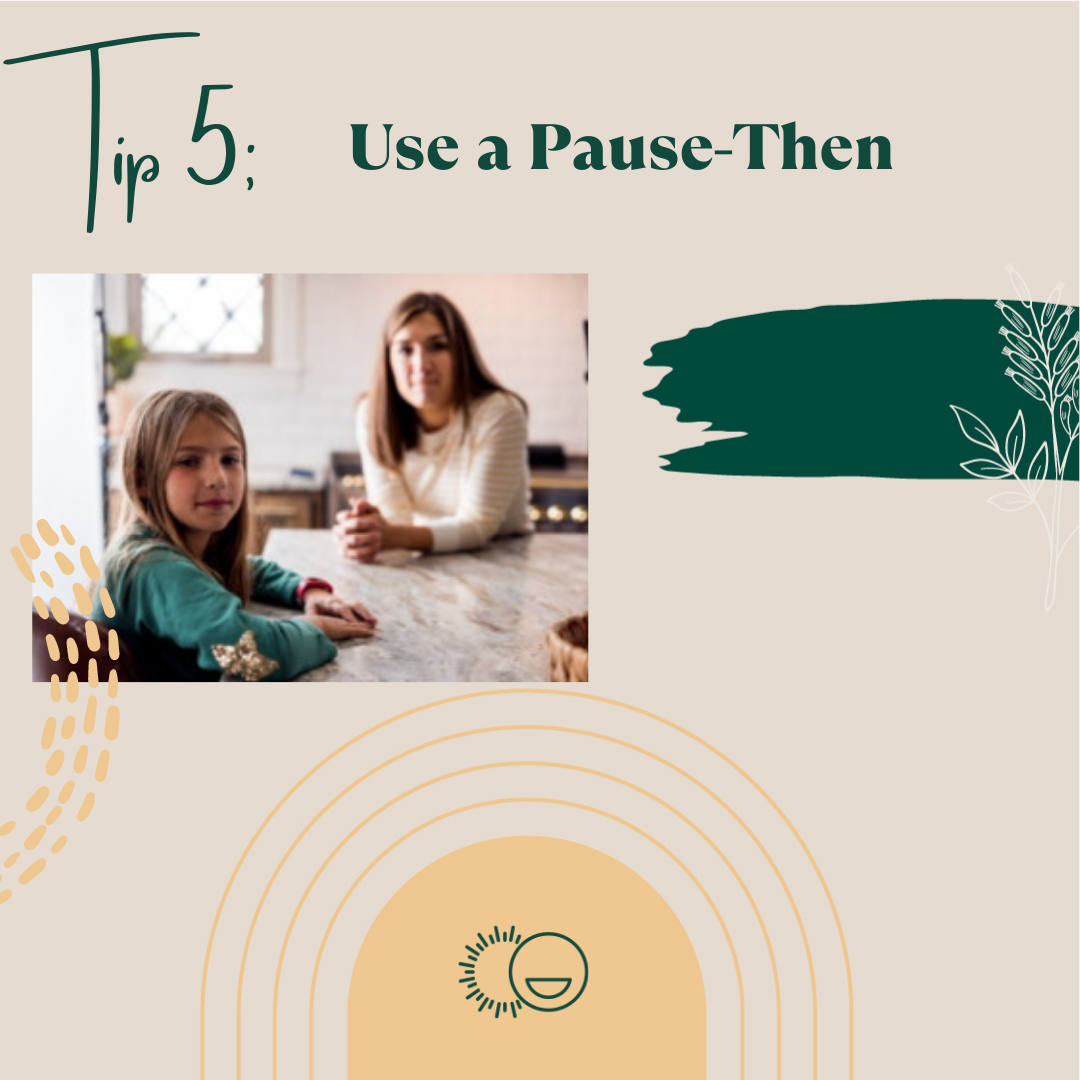5 Ways to Help Kids Transition Easier
May 09, 2022
Asking a child to transition from something they want to be doing (playing video games) to something they don’t want to be doing (taking out the trash), is always a challenge. If you’re a parent, you probably already know that these moments are prime for meltdowns, eye rolls, under-the-breath muttering, and bent at the waist, leaned forward, spaghetti-armed stomp-walking (if you know, you know).
But the truth is, by asking your child to transition tasks, you are actually requiring a great deal of mature cognitive functioning from them. Their brains must:
- Shift their attention from what they are doing to what you are saying
- Maintain focus on what you are saying
- Inhibit that automatic emotional “NOOOOOOOO” anger/ despair response
- Switch their attention back to what they are doing
- Evoke the deep-down will it takes to turn off the video game or put the Legos back on the shelf or stop coloring
- Go complete the no-good-terribly-awful task you are asking them to do
- Have a pleasant and grateful attitude the whole time!
That’s a lot! Think about it from your own perspective for a minute. Imagine you are comfy and cozy on the couch. The first episode of the latest binge-worthy Netflix show just ended. The countdown has started for the next episode. The dirty dishes in the kitchen are glaring at you. You know you should transition to the kitchen to get those dishes taken care of. But, you….Just. Don’t. Want. To.
How much mental energy does it take to make that transition away from something you want to be doing, to something you don’t want to do?
Probably a lot! Think about that feeling of dread and “ugh” and multiply it several times. That is what your child feels when you ask them to transition away from something they want to be doing!
Now, imagine that your partner or bestie comes in and does something to make you laugh. Suddenly your mind transitions itself to a new place, and that urge to keep watching Netflix dissipates. It’s going to be easier for you to make that transition to the kitchen now! This is precisely why our top tip for making transitions easier is....

Tip 1: Be Silly! Make the transition fun
The first step is to tell them what you are wanting them to transition to: “It’s time to eat dinner at the kitchen table!” It’s important to state your goal. Although this process is fun, they still know what the end goal is. You aren’t tricking them (otherwise, you will just be facing a meltdown at the other end of the transition). After you state the goal, try one of these golden tips for making the transition:
- Swoop and Spin: If your child is preschool age or younger, pick them up, spin them, and maybe even throw in some tickles while you are making the transition to the new location.
- Walk like an animal: What young kid doesn’t love mimicking their favorite animal. Need your kids to get to the car? Become a duck family…”I need all my little ducklings to start waddling towards our road-boat. Quack Quack. Who is the duckiest of ducks? I bet you can’t waddle all the way to the car!”
- Crazy Legs: Pretend as if you’re legs have a mind of their own and encourage your kids to help you move where you need to go. “Uh oh, it’s bath time, but, I’ve got a terrible case of crazy legs! I’m going to need some help!” Then carry on with silly spins, walks, and wiggles and enjoy the giggles for the remainder of the transition.

Tip 2: Use Music
Music activates unique areas of the brain and can instantly help a child transition. You can consistently use music during regular routines to help with transitions (a cleanup song, brushing your teeth song, walking to the car song). Or you can use a song as a warning of an upcoming change: “When the song starts playing, we will turn off the show and start homework.” This way, the music is your child’s “cue” to transition, and you won’t feel as if you are “nagging” as much.
Our current favorite transition song is: Come Along by Cosmo Sheldrake

Tip 3: Make it a competition:
Oh, the allure of beating dad in a race to the bathroom sink! The possibility of winning instantly releases dopamine and is often a motivating reason to make that transition. Try something like: “Time to clean up! Let’s see who can clean up the most Legos in 3 minutes!” Or, “It’s brushing teeth time. I’ll race you, ready, set, go!”

Tip 4: Give an Easy, No-Brainer Choice
We’ve all been there. You’re at the park, it’s time to go. Boom. Meltdown. Instead of asking your child to leave, right when you need to leave, try the simple phrase “Would you like to go now or in 5 minutes?” It's important to say this five minutes before you actually need to go. This is helpful for multiple reasons:
- You are informing your child of “the plan.” They know that they will have to leave in the next 5 minutes.
- You are giving your child's brain a chance to process the transition.
- You are giving your child control over when they leave!
This is the same concept as, “5-minute warning before we leave!” But, this phrasing also gives your child a sense of control. And, it is often an easy, “no-brainer” choice for them.
Notably, you must also be prepared for the rare instance they say, “Okay! Let’s leave now!” It won’t happen often, but, when it does, it’s time to go!
There are also other ways you can use the concept of easy, no-brainer choice:
- “Would you like to do your homework now, or when your show is finished?”
- “Would you prefer to take out the trash right now, or, after you finish those chips?”
- “Should you take your bath right now, or, after you finish that step in your Lego set?”

Tip 5: Use a Pause-Then Statement
Oftentimes, the word “Stop” is hit with instant resistance. If you’ve ever uttered the phrase, “I need you to stop playing with Legos and go outside and play” you probably know what we’re talking about. The problem with “stop” is that there is no promise of a transition BACK to the thing they want to be doing. This often leads to a larger meltdown than you feel the situation deserves.
Our trick for handling these moments is to use the word “Pause” in replacement of “Stop.” You must also let your child know that there will be a “then.” Here are some examples:
- “I need you to pause Legos and look at me. Go play outside for 20 minutes, then, you can come back in to play Legos some more.”
- “ Can you pause your video game? Please take out the trash, then you can come back and play.”
- “Can you pause your drawing? Let’s work on your homework. If we have enough time after, then you can get back to drawing!”
Each of these tips are simple, but they work! There is power in how we phrase things. Sometimes a subtle change in HOW you say something makes a difference (even when the meaning in WHAT you are saying is the same).
Was this helpful? If so, check out our ‘Parenting 101’ course!
In the “Additions” videos of our course, we teach specific ways to fulfill your child’s need for control, which is a crucial way to prevent meltdowns and noncompliance from ever happening.
Our “Redirections” videos help teach you how to curb meltdowns or sassy attitudes at the very first signs. In Redirections, we discuss many of the tips we’ve given in this blog, plus more!
Our “Corrections” section teaches what to do when your child’s behavior needs to be corrected. We focus on how to teach your child positive and adaptive skills, to replace the negative thing that happens. We also address the much-debated concept of Time Ins versus Time Outs.
If you haven't already, check out the free video from our course, "Love, Like, Enjoy" here: Watch Free Video from Course
Still not sure? Subscribe to our emails in the box below. We won’t over-email you, but, will send you weekly parenting tips!
We also give tips and tricks on social media. Check out our Instagram page here and follow along: Mind and Child Instagram
Want more like this? Transform your home with our Parenting 101 Course, and weekly tips from two Child Psychologists.
Stay connected with news and updates!
Join our mailing list to receive the latest news and updates from Mind + Child.
Don't worry, your information will not be shared.
We hate SPAM. We will never sell your information, for any reason.



